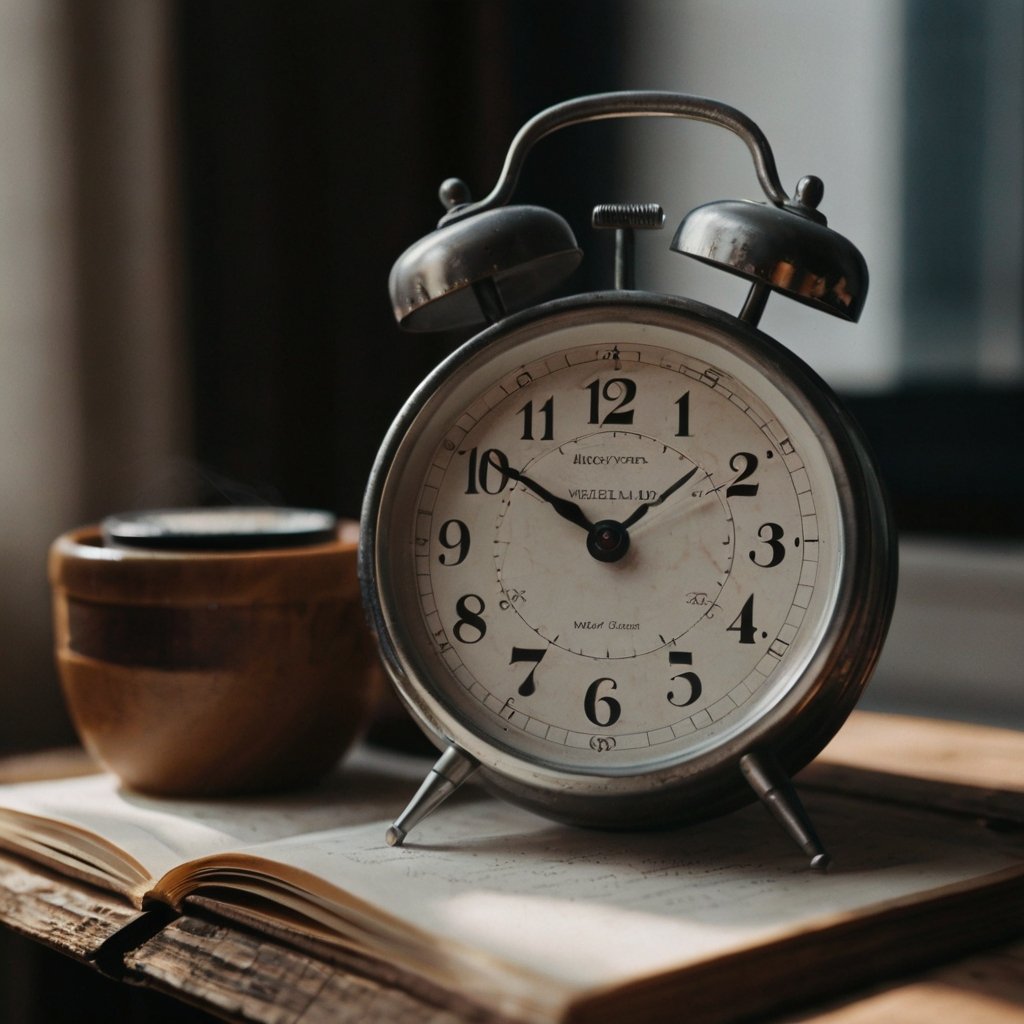While daily habits help shape your mindset and energy, it’s your weekly routine that often determines whether you’re living with intention — or simply reacting to life.
A well-designed weekly routine gives structure to your goals, creates space for rest and play, and helps you maintain balance in a sustainable way. The secret isn’t to fill every hour, but to organize your time around what truly matters to you.
In this article, we’ll walk through how to create a weekly routine that supports your physical health, emotional well-being, and overall sense of clarity and peace.
Why a Weekly Routine Matters
Weekly planning offers a broader view of your time. While daily plans are often reactive, weekly routines give you the power to:
- See the big picture
- Avoid overcommitting
- Balance productivity and rest
- Build in intentional time for self-care
- Reduce stress by knowing what’s coming
It’s not about being rigid — it’s about creating space for what restores and energizes you.
Step 1: Define What “Well-Being” Means for You
Before building your routine, clarify your intention. Ask:
- What does a good week feel like to me?
- What helps me feel emotionally grounded and physically strong?
- What am I currently neglecting that I want to make space for?
Well-being looks different for everyone. For you, it might be:
- More time for movement
- Protected time with family
- Creative expression
- Less rushing and more space between tasks
- Planning meals and sleep around your energy needs
When you define what well-being means to you, your schedule becomes more personal and purposeful.
Step 2: Identify Your Core Categories
To build a balanced week, identify 4–6 categories that reflect your values and needs. Examples include:
- Work or study
- Movement or exercise
- Meals and nourishment
- Rest and recovery
- Creative time
- Social connection
- Planning and organization
- Spiritual or reflective time
Use these categories to guide what you want to include each week — not just what you have to do.
Step 3: Create Anchors, Not a Strict Schedule
Rather than micromanaging every hour, set up weekly anchors — regular, repeating blocks of time dedicated to what matters.
Examples:
- Sunday morning: Weekly planning and intention setting
- Monday evening: Movement or walk
- Wednesday lunch: Screen-free rest time
- Friday night: Creative hobby
- Saturday morning: Cleaning and reset
- Evenings: Phone off after 9 PM
These anchors make your week feel organized without becoming rigid. If you miss one, simply return the next day.
Step 4: Schedule Your Energy, Not Just Your Time
Not all hours feel the same — and your routine should respect that.
- Are you more focused in the morning? Schedule deep work then.
- Do you hit a slump in the afternoon? Plan lighter tasks or breaks.
- Do social events drain you? Balance them with solo recharge time.
Planning around your energy patterns increases sustainability and reduces stress.
Step 5: Protect Space for Rest and Recovery
Many people fill their week with work, chores, and obligations — leaving no margin for rest. But rest isn’t what you do after everything is done — it’s what helps you stay well while doing everything else.
Include:
- At least one evening off from responsibilities
- Tech-free time blocks
- Time in nature or stillness
- Short breaks between tasks
- One full morning or afternoon with nothing scheduled
Protect these moments like appointments — because they are.
Step 6: Include Joy and Creativity — Not Just Tasks
A truly supportive routine isn’t only about responsibilities. Make room for what brings you lightness, fun, and creativity.
Add to your week:
- Listening to music
- Dancing, painting, or writing just for joy
- Watching a film or documentary that inspires you
- Playing games or connecting with people you love
These moments nourish your nervous system and increase resilience for stressful times.
Step 7: Set a Weekly Check-In Ritual
Reflection is key to creating a routine that actually works. Set aside 10–15 minutes each week to:
- Review your past week: What worked? What felt draining?
- Adjust your anchors or commitments
- Reconnect with your current priorities
- Celebrate what you showed up for — even if it was small
This practice builds awareness and lets your routine evolve with your needs.
Example of a Supportive Weekly Routine
Here’s a simple structure you can adapt:
| Day | Anchor Activities |
|---|---|
| Sunday | Weekly reset, planning, grocery prep |
| Monday | Morning walk, deep work session, light evening activity |
| Tuesday | Strength training, creative time, early wind-down |
| Wednesday | Midweek rest, social check-in, digital detox after 8PM |
| Thursday | Focus blocks, screen-free lunch, gratitude journaling |
| Friday | Wrap up tasks, joyful activity, movie night |
| Saturday | Cleaning, hobby time, slow evening |
This layout balances productivity, play, and peace — adjust it to your life, energy, and goals.
Final Thought: Your Week Should Work With You, Not Against You
You don’t need a “perfect” routine — you need one that honors your values, supports your energy, and makes space for both effort and ease.
So start small. Add one anchor. Reclaim one hour. Say no to one thing that doesn’t serve you — and yes to one thing that does.
Because your routine isn’t just how you manage time.
It’s how you take care of yourself.
